Deck & Commander Strategies

Eshki Dragonclaw
A midrange deck focused on ramping mana through creatures like Lotus Cobra and Castle Garenbrig, drawing cards via commander triggers, and applying pressure with large creatures. The deck aims to leverage incremental value and combat advantage to wear down opponents.

Lumra, Bellow of the Woods
A lands-based strategy centered on milling lands into the graveyard to fuel recursion and landfall triggers. The deck uses Lumra’s ability to return lands from the graveyard, combined with cards like Silvok Safekeeper and Titania, to generate tokens and multiple land drops, overwhelming opponents with incremental value and board presence.
Gameplay Insights
- 1
Lumra's ability to mill lands and return them to the battlefield created continuous board development and resource advantage, making removal less effective.
- 2
The synergy between Titania and Silvok Safekeeper allowed Lumra to repeatedly return lands and generate tokens, creating a difficult board state for Eshki to answer without a board wipe.
- 3
Eshki's incremental card draw and ramp through commander triggers and Lotus Cobra helped maintain pressure but struggled to keep pace with Lumra's explosive land recursion and token generation.
- 4
A miscalculation in mana during Lumra's turn limited the immediate impact of a potential mass land and creature play, but the deck's resilience kept the pressure on.
- 5
Granting shroud to key creatures like Lotus Cobra and Titania protected them from targeted removal, ensuring continued value generation during combat phases.
Notable Cards
-
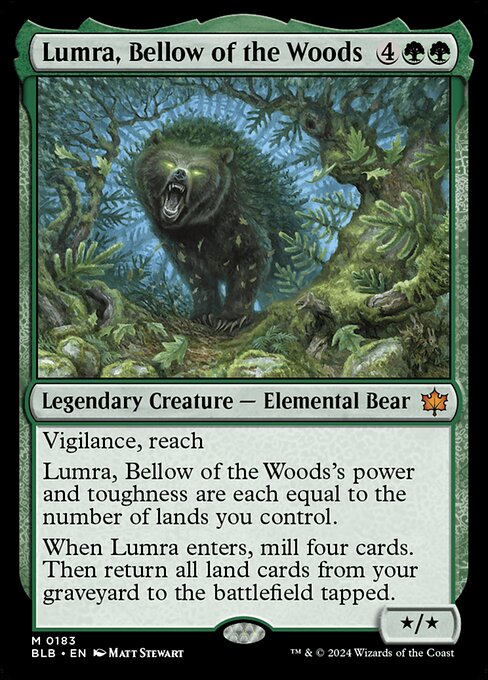
Lumra, Bellow of the Woods
-

Eshki Dragonclaw
-
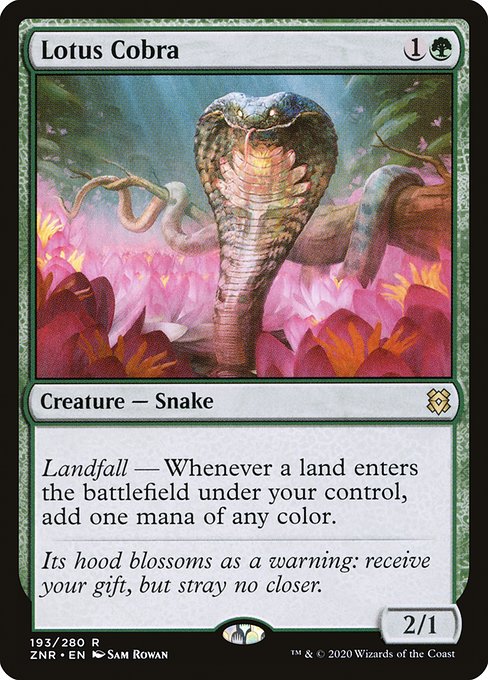
Lotus Cobra
-
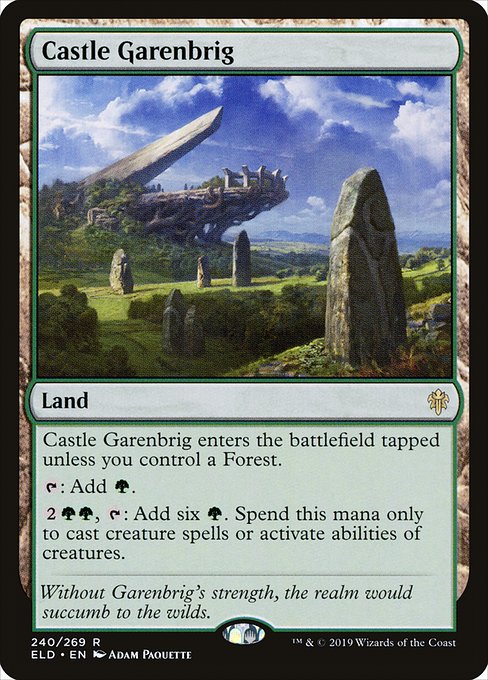
Castle Garenbrig
-
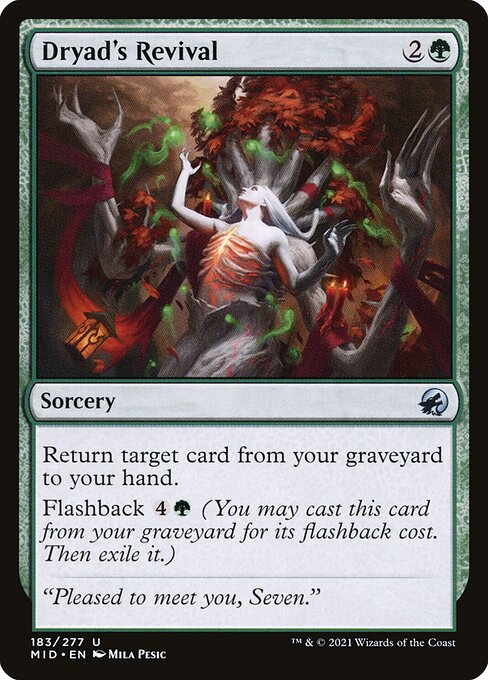
Dryad's Revival
-

Titania, Protector of Argoth
-

Aftermath Analyst
-
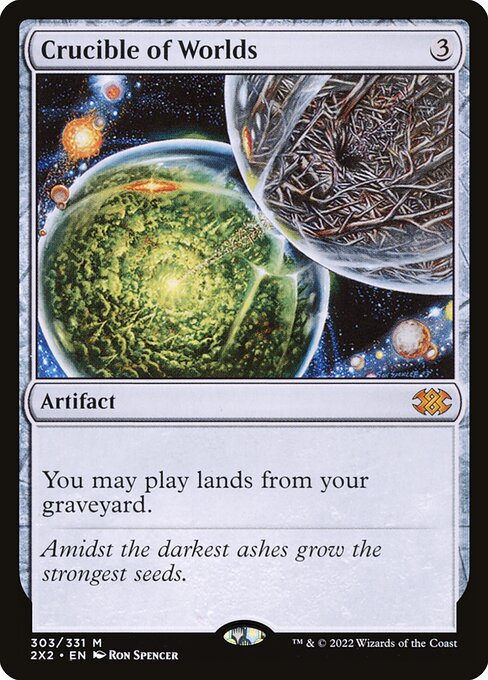
Crucible of Worlds
-

Broadside Bombardiers
Gameplay Summary
The game featured a clash between two green-centric decks led by Eshki Dragonclaw and Lumra, Bellow of the Woods.
Early turns saw both players develop their mana bases and board presence, with Eshki prioritizing ramp and card draw through creatures like Lotus Cobra and Castle Garenbrig, while Lumra focused on land synergy and graveyard interactions to leverage her milling and recursion abilities.
Lumra's ability to return lands from the graveyard and generate additional value via creatures like Silvok Safekeeper and Dryad's Revival became a crucial element, providing resilience against removal and enabling multiple land drops per turn. A pivotal moment occurred when Lumra was cast and successfully triggered her mill and land recursion, accelerating the deck's game plan and forcing Eshki to respond quickly.
Eshki attempted to build a threatening board state by casting large creatures and generating card advantage through his commander and supporting creatures.
However, Lumra's combination of Titania and Safekeeper stabilized the board by returning key lands and creating numerous landfall triggers, which overwhelmed Eshki's defenses.
Despite some missteps in mana counting, Lumra maintained pressure with repeated land drops, shroud-granting spells, and combat tricks.
The game shifted heavily towards a landfall and token-based win condition for Lumra, while Eshki tried to leverage his midrange pressure and card advantage to close out the game.


















![Zieht er uns wieder ab? | Herumkommandiert #17 | EDH Commander [Deutsch] thumbnail](https://i.ytimg.com/vi/yLGUDx_kBsc/sddefault.jpg)










